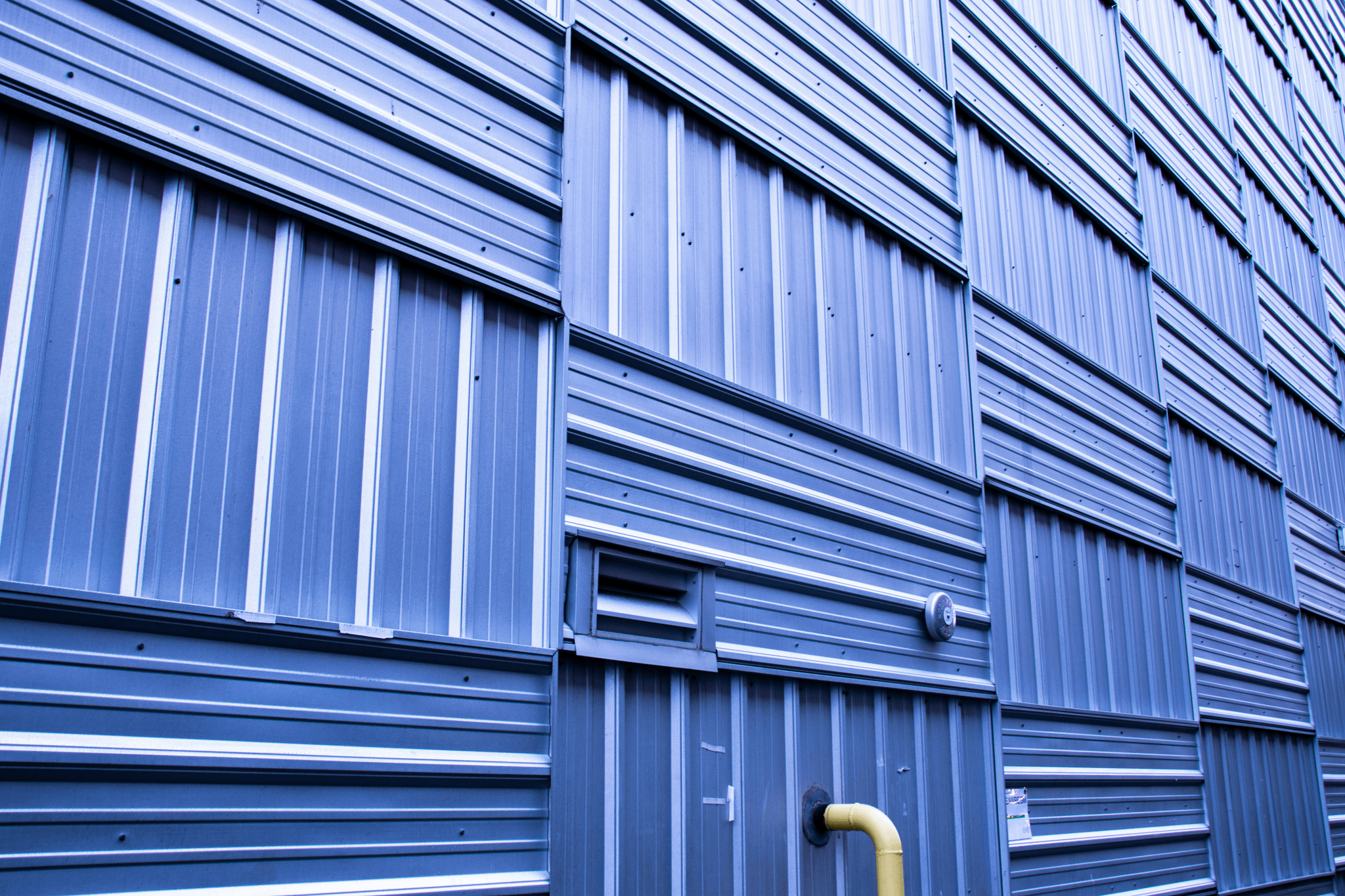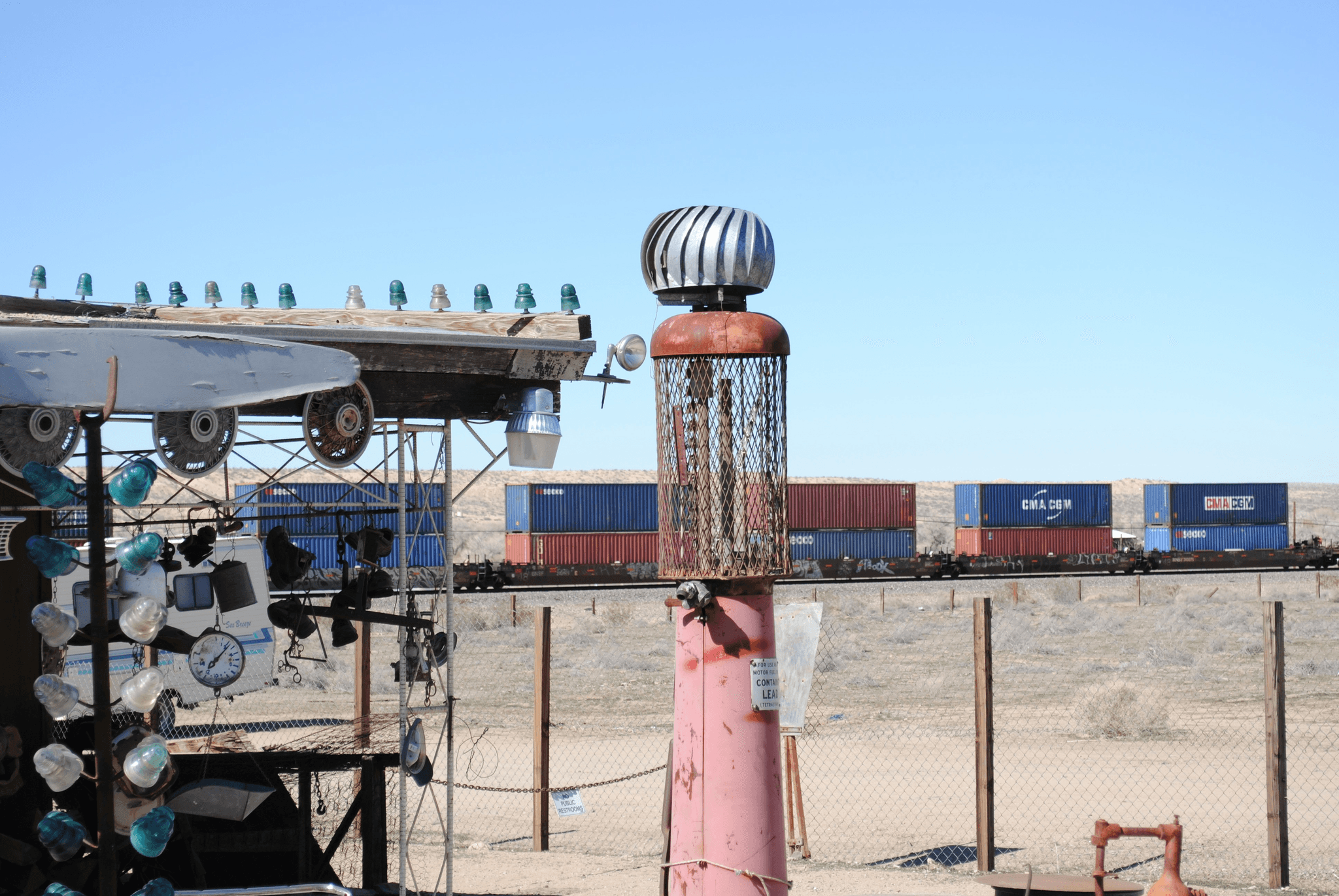Introduction
Shipping containers have become a popular choice for various applications, from storage solutions to innovative housing designs. However, a common question arises: are shipping containers fireproof? Understanding the materials that make up these containers and their fire safety features is essential for anyone considering their use in shipping or construction.
Understanding Shipping Container Materials
Shipping containers are primarily constructed from steel, a material known for its strength and durability. This metal offers some natural resistance to fire due to its high melting point, but it’s important to note that this does not mean they are entirely fireproof. Additionally, insulation materials and coatings used in these containers can significantly affect their overall fire resistance.
The Fireproof Myth: What’s the Truth?
The idea that shipping containers are completely fireproof is a myth that needs clarification. While the steel structure provides some level of protection against flames, other factors come into play when assessing their safety in case of a fire. Misconceptions about container safety can lead to dangerous situations, making it crucial for users to understand what fireproof really means in this context.
Importance of Fire Safety in Shipping
Fire safety is paramount when it comes to shipping and storing goods in containers, especially when hazardous materials are involved. Ensuring that your shipping practices adhere to established safety standards can prevent catastrophic incidents and protect lives as well as property. At PreFab Inc., we emphasize the importance of understanding both the strengths and limitations of shipping container materials when planning for effective fire prevention strategies.
What Are Shipping Containers Made Of?

Shipping containers, often touted for their durability and versatility, are primarily made of steel. However, understanding the materials that compose these containers is crucial when evaluating their fire safety. The question are shipping containers fireproof? arises from a mix of curiosity and concern about their performance in extreme conditions.
Steel and Its Properties
Steel is the backbone of shipping containers, providing strength and structural integrity. It boasts impressive properties such as high tensile strength and resistance to impact, making it an ideal choice for transporting goods across oceans. However, while steel can withstand significant heat without melting, it does lose its structural integrity at elevated temperatures—leading us to ponder whether shipping containers are truly fireproof.
The properties of steel also mean that while it can resist flames to a degree, prolonged exposure to extreme heat can lead to warping or failure. This reality emphasizes the importance of considering additional factors when discussing the fire safety of shipping containers. As we explore other materials used in container construction, PreFab Inc. advocates for a comprehensive understanding of fire risks associated with these structures.
Insulation Materials Used
Insulation plays a pivotal role in regulating temperature within shipping containers but can also influence their fire resistance significantly. Common insulation materials include foam boards or fiberglass; however, not all insulations are created equal when it comes to fire safety. Some insulation types may ignite easily or emit toxic fumes when burned—raising further questions about whether shipping containers are indeed fireproof.
When selecting insulation for your container modifications or uses, it's essential to choose products rated for higher temperatures and flame resistance. PreFab Inc.'s recommendations emphasize using non-combustible insulation solutions where possible to enhance overall safety measures against potential fires. Ultimately, the choice of insulation material directly impacts how well a container performs under duress from flames.
Coatings That Affect Fire Resistance
Coatings applied to shipping containers can significantly affect their flammability and overall fire resistance ratings—making them an essential consideration in our inquiry into whether shipping containers are truly fireproof. Many standard coatings provide rust protection but may not offer sufficient flame retardancy needed in high-risk environments. It's crucial for users and manufacturers alike to be aware that certain paints may actually increase susceptibility to ignition if they lack proper certification.
Fire-resistant coatings exist that can help mitigate this risk by providing an additional layer of protection against flames and heat exposure. PreFab Inc.'s commitment to enhancing container safety extends into recommending such coatings during modifications or refurbishments aimed at improving usability in various applications—including storage facilities prone to fires. By being proactive about coating choices, owners can better safeguard their investments against potential disasters while addressing the ever-pressing question: Are shipping containers really fireproof?
Fire Safety Features of Shipping Containers

When discussing the fire safety features of shipping containers, it's essential to understand how their materials and design contribute to their overall performance in fire situations. While many may wonder, are shipping containers fireproof? the reality is more nuanced. Understanding these features can help us make informed decisions about their use and modifications.
Natural Fire Resistance of Steel
Steel, the primary material used in shipping containers, possesses inherent properties that contribute to its natural fire resistance. It has a high melting point, which means it can withstand significant heat before structural failure occurs. However, while steel itself offers some level of protection against fire, it is crucial to remember that this does not equate to being completely fireproof; thus, the question remains: are shipping containers fireproof?
Moreover, when exposed to flames for extended periods, steel can lose its strength and integrity. This degradation highlights the importance of regular inspections and maintenance for any container being used in environments where fires could occur. Therefore, while steel provides a solid foundation for fire safety in shipping containers, additional precautions must be taken.
Common Modifications and Their Impact
Modifications made to shipping containers can significantly affect their fire safety features—sometimes enhancing them but often compromising them as well. For instance, adding insulation materials may improve thermal efficiency but could also introduce flammable components into the structure if not selected carefully. This raises further questions about whether are shipping containers fireproof after such alterations.
In addition to insulation changes, electrical installations or improper storage practices can create potential ignition sources within a container. It's vital for users to consider these factors when planning modifications or usage scenarios; otherwise, they might inadvertently increase the risk of a fire incident rather than mitigate it. PreFab Inc. emphasizes that any modifications should prioritize compliance with safety standards.
Regulations and Standards for Fire Safety
Regulations governing the use of shipping containers vary by region but generally include guidelines on construction materials and required safety features aimed at preventing fires. These standards often dictate how containers should be modified or maintained over time—ensuring they remain safe for storage or transport purposes while addressing questions like are shipping containers fireproof?
Many countries have specific codes that outline acceptable practices for using shipping containers in various applications—especially those involving hazardous materials or high-traffic areas where accidents could occur more frequently. Compliance with these regulations is essential not only for legal reasons but also as part of a responsible approach toward ensuring safety in all operations involving these versatile structures.
By understanding both the natural properties of steel and the impact of common modifications alongside regulatory frameworks guiding their use, we can better appreciate how best to manage risks associated with using shipping containers as storage solutions or temporary structures.
Real-World Examples of Fire Incidents

When it comes to shipping containers, the question are shipping containers fireproof? often arises after notable incidents. Fires involving shipping containers have made headlines, highlighting the importance of understanding their fire safety features and vulnerabilities. By examining these real-world examples, we can glean insights that may help prevent future tragedies.
Notable Shipping Container Fires
One of the most infamous incidents occurred in 2009 at a port in Los Angeles, where a massive fire engulfed several shipping containers filled with hazardous materials. The flames spread rapidly, fueled by the contents inside and poor ventilation within the container stacks—raising concerns about whether are shipping containers fireproof or merely resistant under certain conditions. Another significant event took place in 2018 when a container ship caught fire while docked in Hong Kong; this incident resulted in extensive damage and raised alarms about safety protocols for cargo storage.
Factors Contributing to Fire Spread
Understanding what factors contribute to the spread of fires within shipping containers is crucial for addressing safety concerns effectively. For starters, improper storage practices can lead to flammable materials being placed too close together or stacked haphazardly, making them more susceptible to ignition—again raising the question: are shipping containers fireproof? Additionally, external heat sources such as welding or sparks from machinery can ignite cargo if not managed properly; this emphasizes the need for stringent regulations and guidelines regarding container use and maintenance.
Lessons Learned from Past Incidents
The lessons learned from past incidents are invaluable when it comes to improving fire safety measures for shipping containers. One key takeaway is that while steel does provide some natural resistance to flames, it is not foolproof—reminding us that asking if are shipping containers fireproof might be misleading without considering their contents and environment. PreFab Inc.'s recommendations include implementing better training for personnel handling flammable goods and ensuring compliance with established safety standards to mitigate risks effectively.
Enhancing Fire Safety in Shipping Containers

When it comes to the safety of shipping containers, especially regarding fire hazards, proactive measures can make all the difference. The question are shipping containers fireproof? often arises, but the reality is that while they are inherently more resistant than many structures, enhancements can significantly improve their safety. In this section, we'll explore effective modifications and best practices to ensure these containers remain secure and compliant with fire safety standards.
Fire-Resistant Modifications
To truly bolster fire safety in shipping containers, various fire-resistant modifications can be implemented. One key adjustment is the installation of fire-retardant insulation materials that not only provide thermal regulation but also slow down the spread of flames should a fire occur. Additionally, applying specialized coatings designed for enhanced flame resistance can create an extra layer of protection against potential ignition sources.
Another important modification involves reinforcing structural elements with non-combustible materials such as mineral wool or concrete panels. By integrating these materials into container design, you are effectively addressing the question of whether shipping containers are fireproof—while they may not be entirely immune to flames, these alterations greatly reduce risk. Lastly, installing automatic sprinkler systems within storage units can provide immediate response capabilities in case of a blaze.
Best Practices for Storage and Use
Implementing best practices for storing items inside shipping containers is crucial for minimizing fire risks. First and foremost, it’s essential to avoid storing flammable materials or chemicals without proper containment measures; this alone could answer the burning question: Are shipping containers fireproof?—the answer being no if improperly used! Instead, utilize designated storage solutions that comply with safety regulations.
Regular inspections are also key to ensuring that all components remain in optimal condition; rust or damage could compromise a container's natural resistance to fires over time. Furthermore, maintaining clear access pathways around containers allows for quick evacuation and facilitates emergency response efforts should an incident arise.
Recommendations from PreFab Inc.
At PreFab Inc., we prioritize not only efficiency but also safety when it comes to using shipping containers as storage solutions or temporary structures. We recommend starting with thorough assessments of your specific needs and potential hazards related to your operations before making any modifications or purchases—this helps determine whether additional features are necessary based on what you plan to store inside.
Additionally, we suggest collaborating with professionals who specialize in container modifications and compliance standards; their expertise will ensure that your setup adheres to relevant regulations while maximizing your investment's longevity and performance against fires. Ultimately, understanding how best to enhance your shipping container's resilience will help answer lingering questions about their true capabilities: while they aren't completely fireproof on their own, taking these steps ensures you're doing everything possible for safe usage.
Comparing Shipping Containers with Other Structures

When we consider the fire safety of shipping containers, a natural question arises: how do they stack up against traditional buildings? While shipping containers are often lauded for their durability and versatility, their fire resistance is a nuanced topic. It's essential to explore how these steel structures compare to conventional construction methods in terms of fire safety.
How They Stack Up Against Traditional Buildings
Shipping containers have inherent advantages over traditional buildings when it comes to fire resistance. Made primarily from steel, they boast a natural ability to withstand high temperatures without combusting, unlike wooden structures that can ignite easily. However, the question are shipping containers fireproof? requires further scrutiny; while the steel itself is resistant, factors like insulation materials and interior modifications can significantly influence overall fire safety.
Traditional buildings often incorporate various materials that may not offer the same level of protection as steel. For instance, drywall and wood framing can be highly flammable if not treated properly. On the other hand, shipping containers' uniform design allows for easier implementation of fire-resistant features, making them a compelling option for those prioritizing safety.
Ultimately, while shipping containers may not be entirely immune to fire hazards—leading us back to our original query about whether are shipping containers fireproof?—they do provide a more robust framework compared to many traditional building materials when appropriately maintained and modified.
Fire Resistance of Other Construction Materials
To understand how shipping containers fare in terms of fire safety, it's beneficial to examine other common construction materials used today. Concrete and brick are often touted for their excellent fire resistance capabilities; however, they come with their own set of limitations regarding flexibility and cost-effectiveness compared to steel containers. When evaluating whether are shipping containers fireproof, it's crucial to recognize that while concrete may withstand flames better than wood or drywall, it lacks the adaptability that makes shipping containers so popular among builders.
Moreover, modern advancements in construction technology have led to the development of new materials designed specifically for enhanced flame retardancy. For example, mineral wool insulation has become increasingly popular due to its exceptional non-combustible properties. However, these innovative options can sometimes add significant costs—something PreFab Inc. aims to balance by providing affordable yet safe solutions.
In summary, while various construction materials offer different levels of fire resistance—including concrete's superior performance—shipping containers still hold their ground as an adaptable alternative worthy of consideration when assessing overall safety against fires.
Insights from Industry Experts
Industry experts frequently weigh in on the debate surrounding whether are shipping containers fireproof. Many agree that while these structures offer solid initial protection due to their steel composition, modifications play an essential role in determining actual performance under duress from flames or heat sources. Experts from PreFab Inc., for instance, emphasize incorporating flame-retardant coatings and using non-combustible insulation as effective strategies for enhancing container safety.
Additionally, professionals highlight the importance of adhering strictly to local building codes and regulations when repurposing shipping containers into livable spaces or storage units. This compliance ensures that any modifications made will align with best practices for preventing fires and protecting occupants or stored goods alike.
Ultimately, insights from industry specialists reveal that while shipping containers are not completely impervious—thus prompting ongoing discussions about whether are shipping containers fireproof—they can be transformed into safe environments through careful planning and execution.
Conclusion

In the grand debate of whether shipping containers are fireproof, the answer is a bit more nuanced than a simple yes or no. While the steel construction offers a level of natural fire resistance, it’s crucial to understand that this does not equate to being entirely fireproof. Factors such as insulation materials and modifications can significantly influence how these containers respond to fire, making it essential for users to prioritize safety measures.
Are Shipping Containers Truly Fireproof?
When pondering if shipping containers are truly fireproof, we must consider multiple elements at play. The steel itself has inherent properties that resist flames; however, the materials used inside can easily ignite and spread fire rapidly. Therefore, while shipping containers offer some protection against flames, they should not be regarded as completely immune to fire hazards.
Key Takeaways for Safe Usage
To ensure safe usage of shipping containers, understanding their limitations is critical. Always assess the materials used in insulation and storage items within the container—flammable substances can present significant risks despite the steel structure's resilience. Following best practices recommended by industry leaders like PreFab Inc., including regular inspections and proper storage techniques, will enhance overall safety and minimize potential fire incidents.
Final Thoughts on Fire Prevention Strategies
As we wrap up this exploration into whether shipping containers are fireproof, it’s clear that proactive measures are vital for effective fire prevention strategies. Implementing modifications that enhance fire resistance and adhering to safety regulations can dramatically reduce risks associated with container fires. By staying informed and vigilant about potential hazards, users can enjoy the benefits of shipping containers while keeping safety at the forefront.

